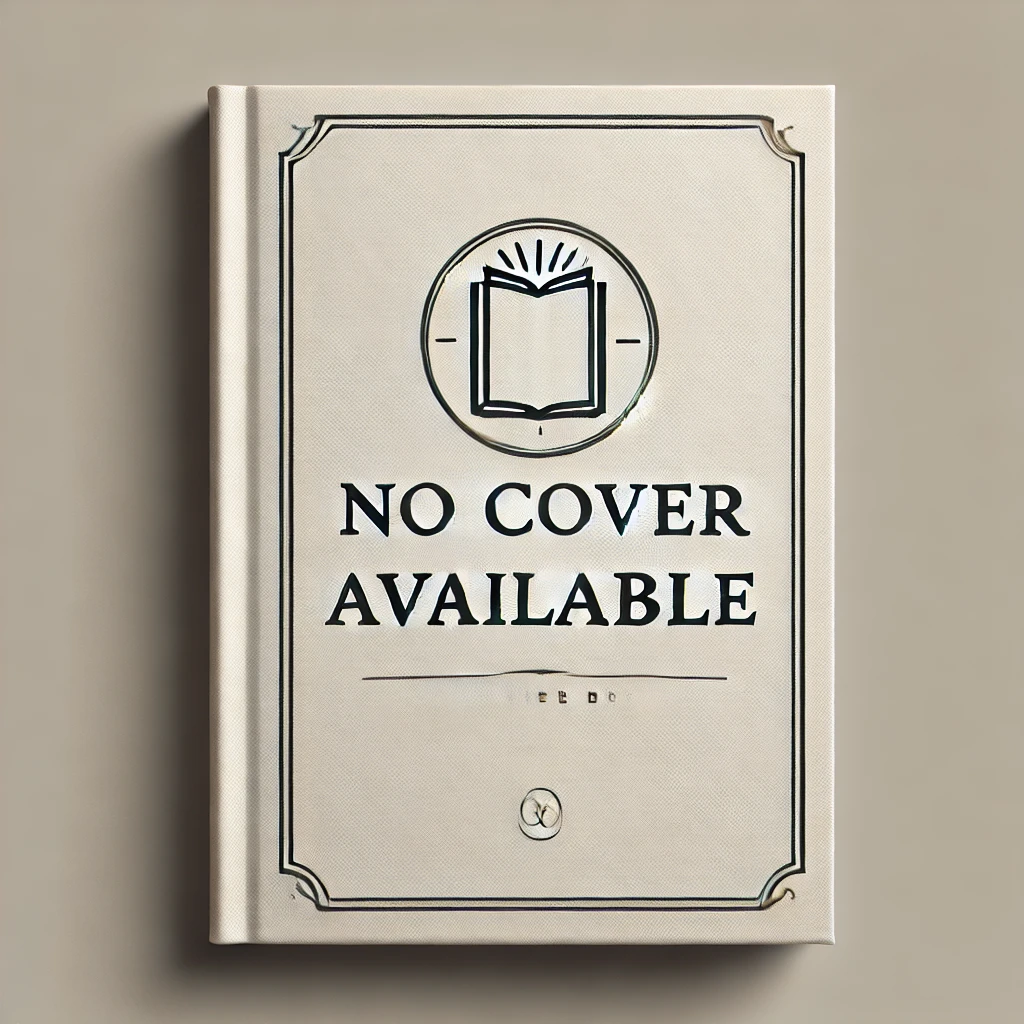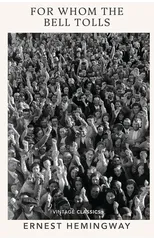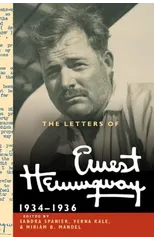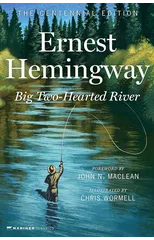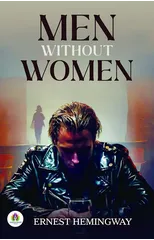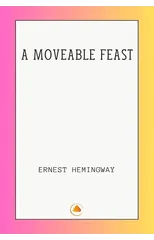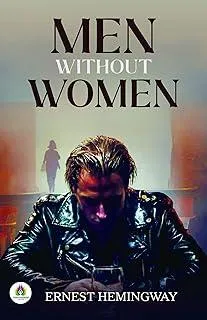The classic investigation of bullfighting's history and pomp, as well of the deeper themes of fear, valour, sport, and tragedy that it evokes, by Ernest Hemingway. Death in the Afternoon is still regarded as one of the best books on bullfighting ever written, reflecting Hemingway's belief that bullfighting was more than just a sport. He outlines the technical components of this dangerous rite, as well as ""the emotional and spiritual intensity and pure classic beauty that a man, an animal, and a strip of crimson serge draped on a stick can achieve."" Bullfighting becomes an art, a finely planned ballet, with participants ranging from ungainly novices to masters of remarkable grace and cunning, as seen through his eyes. Death in the Afternoon is a fascinating look into the history and grandeur of bullfighting, as well as a deeper reflection on the nature of cowardice and valor, sport and tragedy, and is enlivened throughout by Hemingway's sharp observations on life and literature.
Ernest Hemingway
Ernest Hemingway (1899-1961) was an American novelist, short story writer, and journalist known for his distinctive writing style and portrayal of masculinity. His most notable works include "The Old Man and the Sea," "A Farewell to Arms," and "The Sun Also Rises." Hemingway's writing is characterized by its spare prose, realistic dialogue, and emphasis on themes of war, love, and loss. He is credited with revolutionizing the modern American novel and influencing generations of writers with his minimalist approach to storytelling. "The Old Man and the Sea," a novella about an aging fisherman's struggle with a marlin, remains one of Hemingway's most famous and enduring works, winning him the Pulitzer Prize for Fiction in 1953 and solidifying his reputation as a literary giant.
